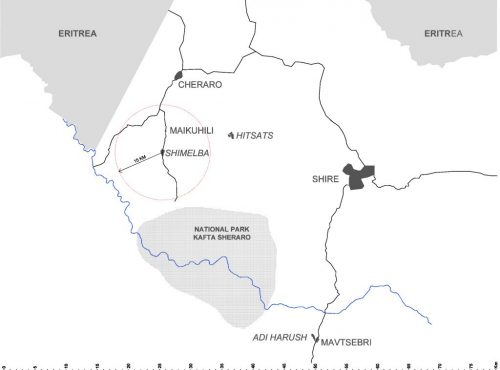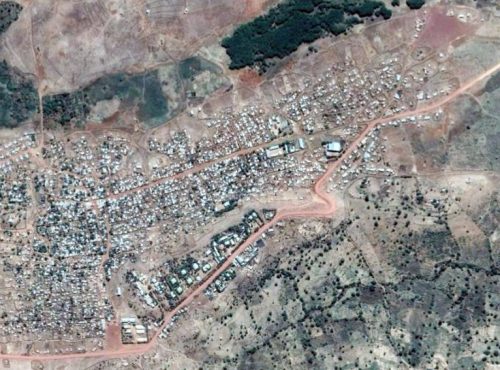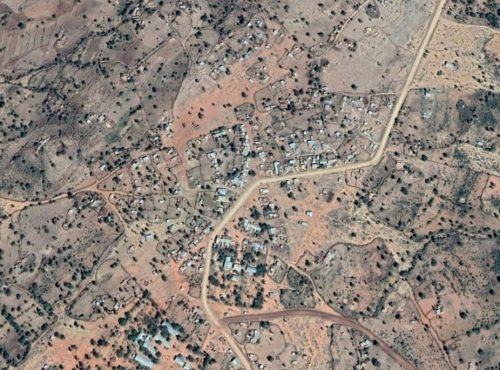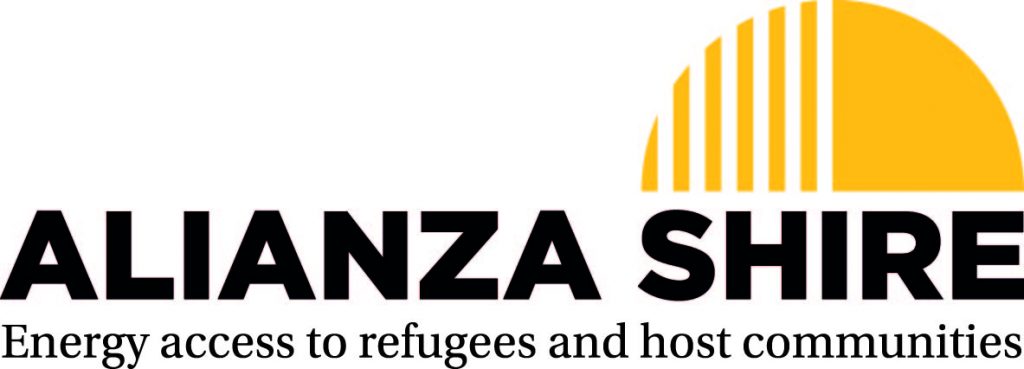
SHIMELBA AND ITS HOST COMMUNITY
The Shire Alliance works in northern Ethiopia in four refugee camps, including Shimelba, being the smallest and most needy in the population.
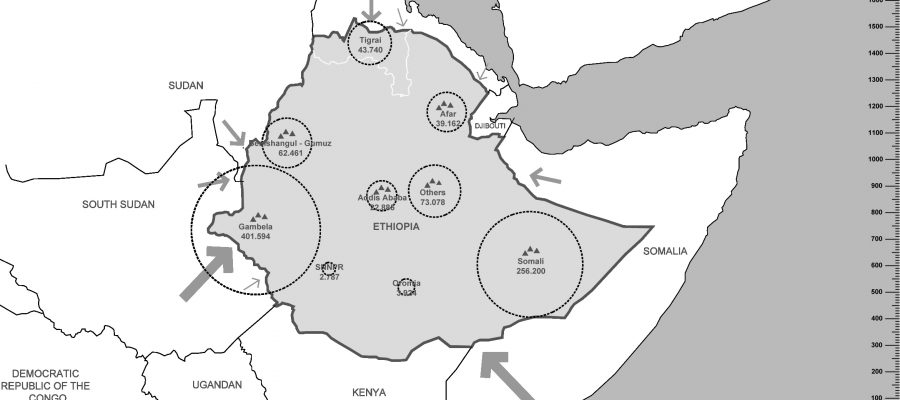
With more than 900,000 refugees by the end of 2018, Ethiopia is the second African country with the largest (and growing) number of refugees, due to the situation in neighbouring countries. Given the high impact of this on host countries, the New York Declaration, which was approved in 2016, set up the Comprehensive Refugee Response Framework (CRRF) to respond to large displacements of refugees. Ethiopia is a pilot country of this programme.
In recent months, and in line with the Ethiopian Government’s new commitments made in New York, a New Refugee Proclamation was approved, which is an update of the current one existing since 2004. In the absence of concrete measures for its implementation, this law shows Ethiopia’s intention to facilitate the integration of refugees and their inclusion in daily life, since it allows freedom of movement, obtention of work permits and access to education, among other changes.
After the war between Eritrea and Ethiopia (1998–2000), whose end was formalized in mid-2018, thousands of Eritreans, many of them unaccompanied minors, continue to flee from their country due to the endless violations of human rights. According to UNHCR statistics, at the beginning of 2019, the four refugee camps in Shire hosted around 72,000 refugees, all of whom were Eritreans.
One of the main features of refugee camps in the Shire region is the high number of secondary movements to other countries. Ethiopia has become a transit country for Eritreans trying to reach Europe. This issue raises great concern on the part of the international community, which is present in the camps through the United Nations High Commissioner for Refugees (UNHCR), other international organisations and different implementing partners. On the side of the Ethiopian Government, the institutional organiser of the camps is the Ethiopian Administration for Refugee and Returnee Affairs (ARRA).
The present case study focuses on the Shimelba refugee camp, where NAUTIA methodology was applied. Established in 2004, it is the oldest camp of the Shire region and currently hosts around 7,000 Eritreans.
60% of the population belongs to the Kunama ethnic group (a minority ethnic group in Eritrea), while 40% are Tigrinyas (majority ethnic group in Eritrea and Tigray region). The host community is considered to be those located within a radius of 15km around the camp. There are about 5,000 Ethiopians here. Few are settled around the camp, but most are scattered or in Maikuhili, which is the host community closest to the camp. The relation between both communities is close: from commercial interactions (a joint market is organised weekly), to access to certain services (such as health centres), through competition for the scarce natural resources available in the area.
